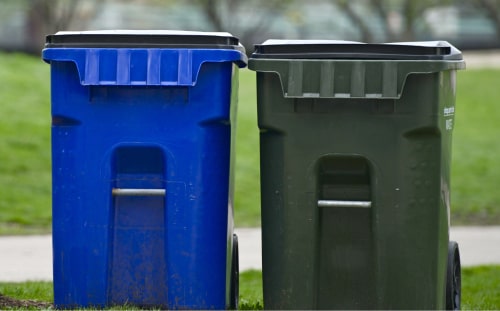
In today’s world of increasing environmental awareness, mixed recycling has emerged as a crucial solution for reducing waste and promoting sustainability. Mixed recycling simplifies the process for individuals and businesses alike by allowing various recyclable materials to be placed together in a single bin. This approach not only saves time and effort but also maximizes the recovery of valuable resources such as paper, plastics, metals and glass.
Main Points
- Simplicity and Convenience: How mixed recycling streamlines the recycling process for users.
- Environmental Impact: Discussing the positive effects of mixed recycling on reducing landfill waste and conserving resources.
- Community Engagement: Encouraging community participation in mixed recycling programs to enhance environmental stewardship.
- Economic Benefits: Exploring cost-effectiveness and potential savings associated with mixed recycling initiatives.
- Technological Advances: Highlighting innovations in sorting and processing technologies that support mixed recycling efforts.
- Challenges and Solutions: Addressing common challenges in mixed recycling implementation and proposing effective solutions.
- Educational Outreach: Importance of education and outreach campaigns to promote proper sorting and contamination reduction in mixed recycling streams.
- Policy and Regulation: Impact of governmental policies and regulations on promoting and standardizing mixed recycling practices.
- Corporate Responsibility: Role of businesses in adopting and supporting mixed recycling initiatives within their operations.
- Future Trends: Predicting future trends in mixed recycling and its potential evolution in sustainable waste management practices.
3.5
